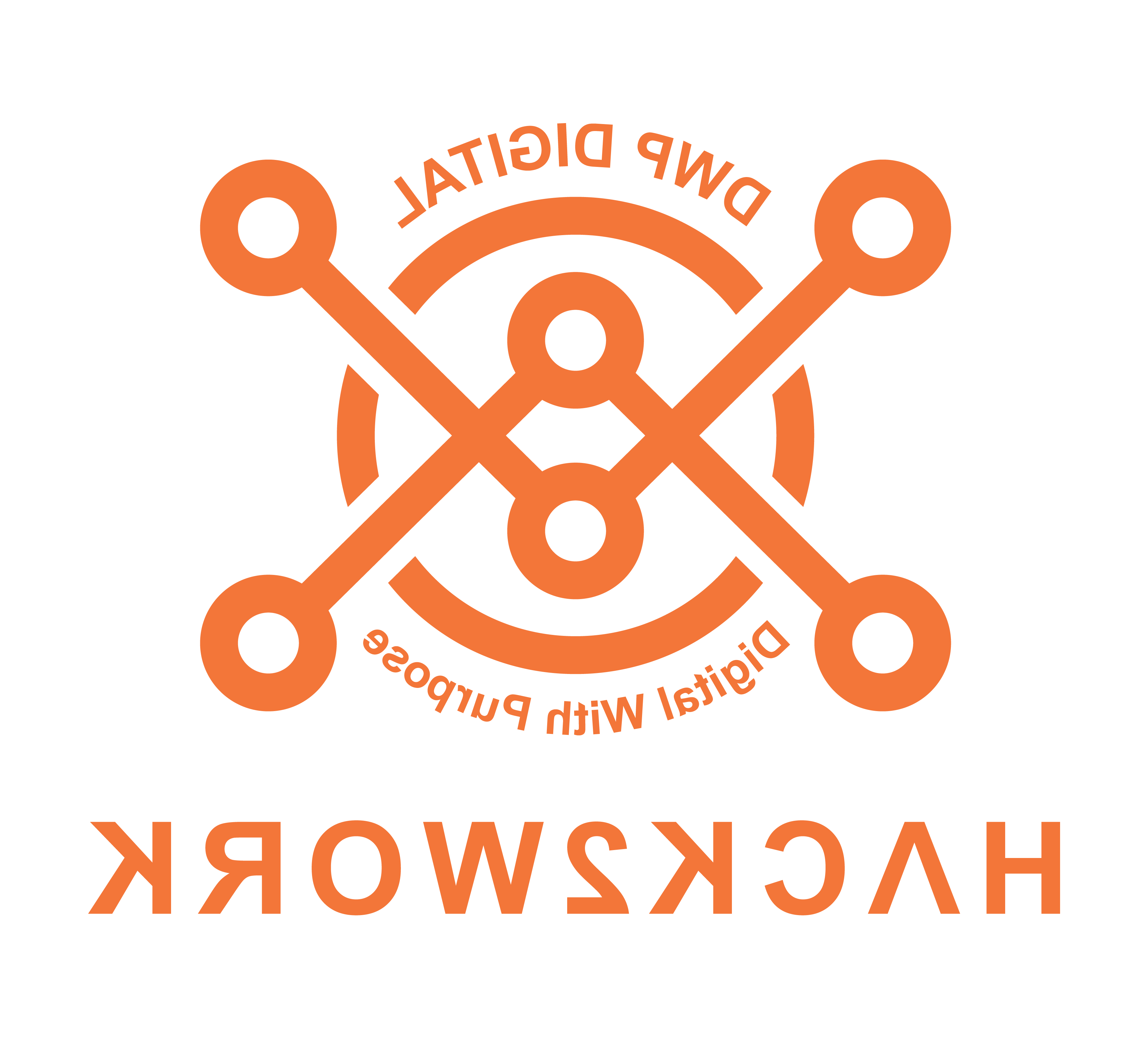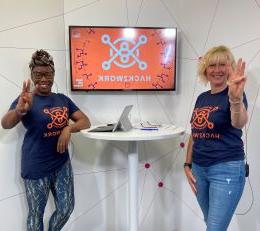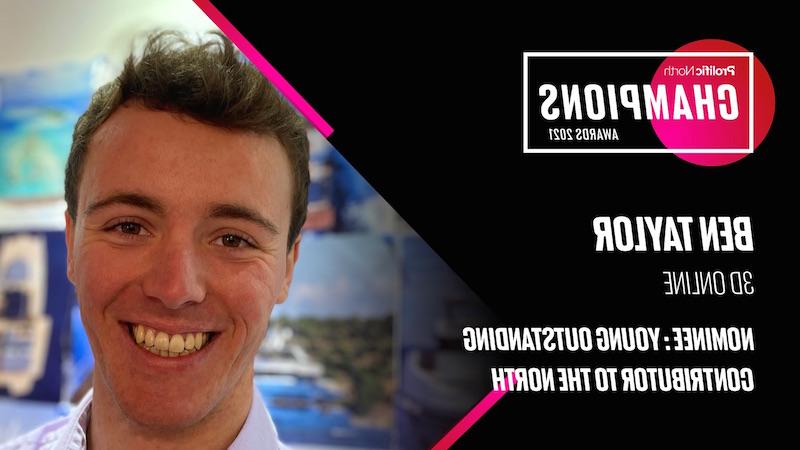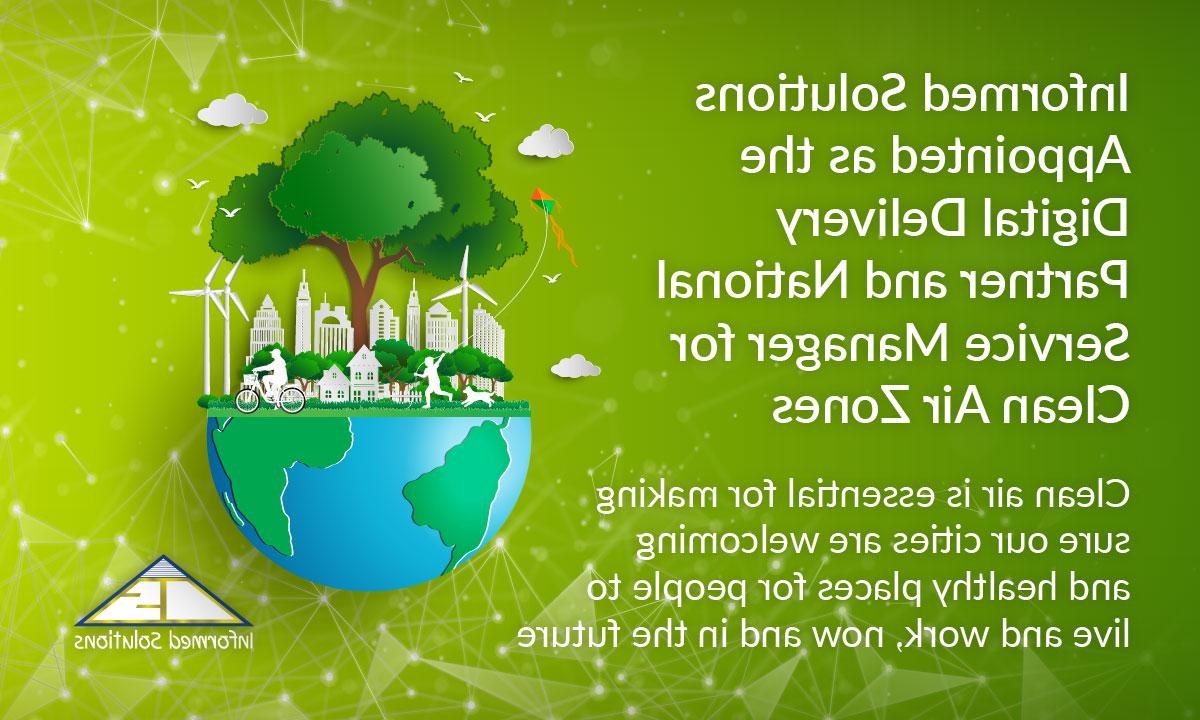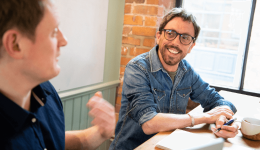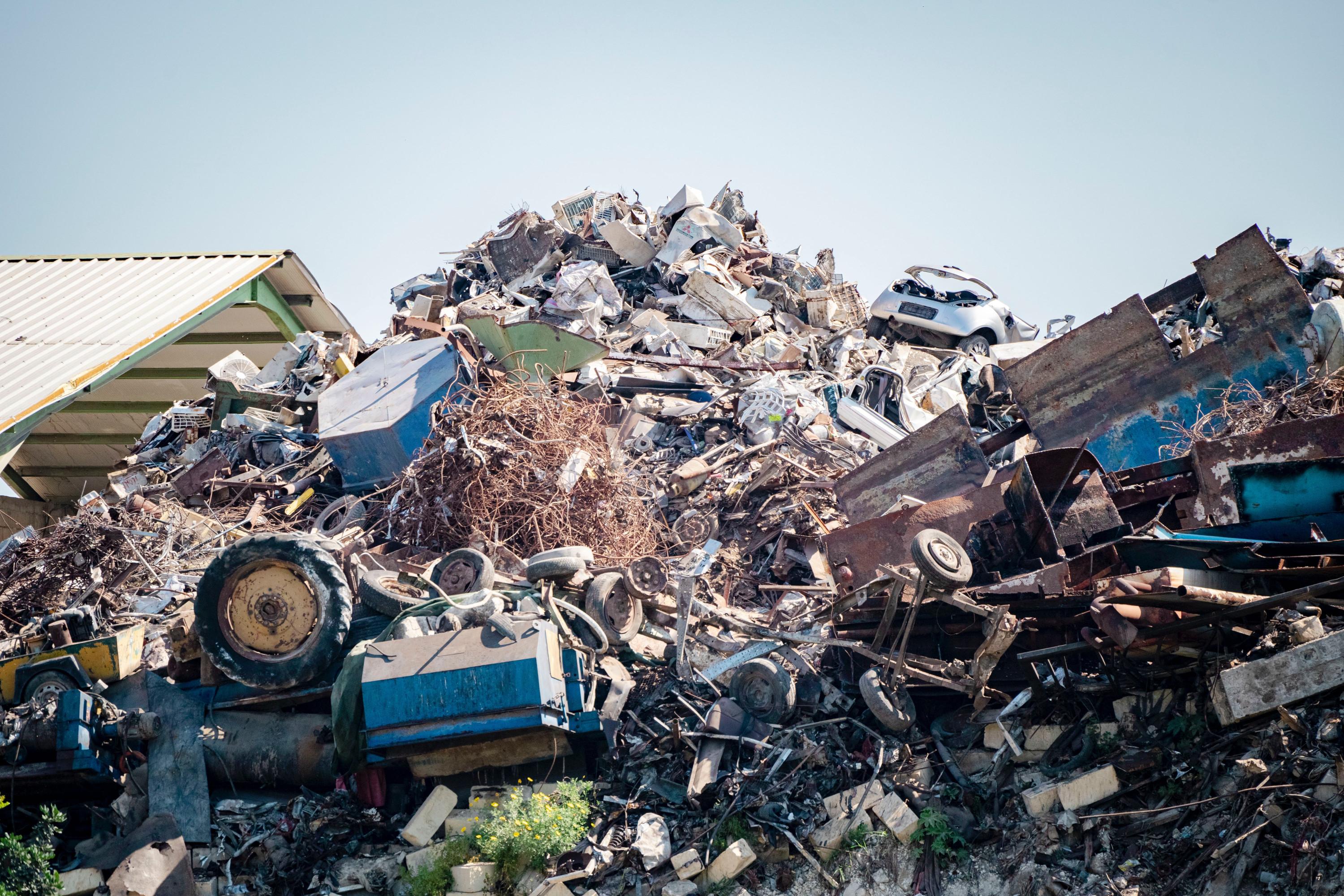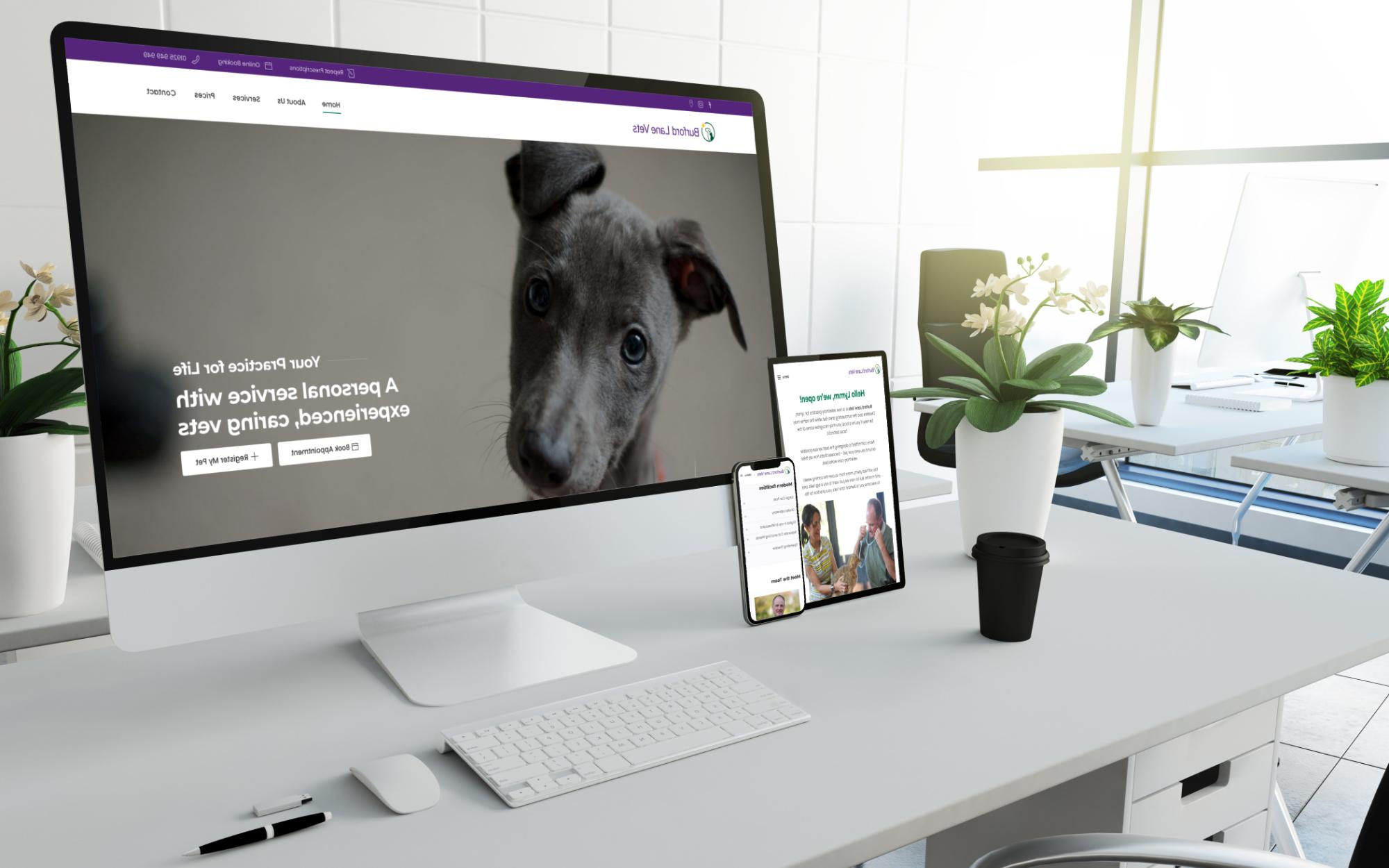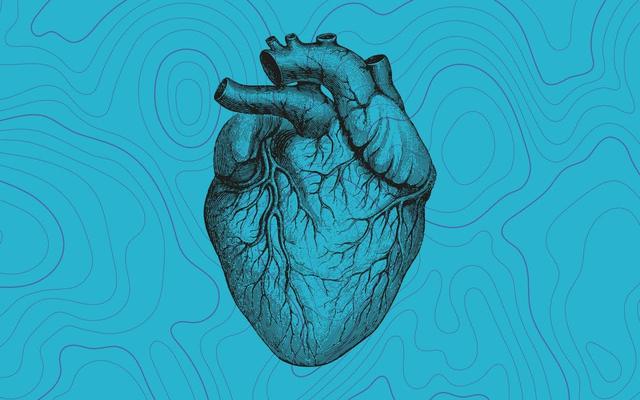
As designers, there is always a temptation to design products, spaces, 我们希望自己和同龄人尊重我们的经历或品牌. 这种方法通常会导致设计精美的解决方案,但却巧妙地解决了错误的问题. The result is a product that has an initial wow factor, 但当涉及到解决真正需要解决的潜在问题时,完全没有达到目标. 消费者们争相购买或接受这种新发明的养眼产品, 只是对他们被兜售的梦想感到失望或失望. 任何糟糕的设计所带来的不可避免的反弹通常都是非常昂贵的,有时甚至是灾难性的,这也强调了一个格言:糟糕的设计比好的设计要昂贵得多.
Design is not cosmetic.
因为我们常说“以貌取人”, there is a huge emphasis on how things look. 我同意人们对产品的看法往往取决于它的外观,需要仔细控制. 但就设计而言,这应该是最后需要解决的问题之一. I really don’t see what we currently know as ‘design’, as a form of art, it is better described as a blend of science, engineering, strategy and psychology. These hidden qualities, believed to be around 99% of the process, 当最终用户小心翼翼地着手改善工作时,保持对他们的不可见. 这就只留下了1%的表面装饰,让人们能够识别和敬畏(或不敬畏)“设计”。. Design is the recipe so much more than it is the cake.
Good design often starts with a problem, that when challenged, turns out not to be the problem at all. 客户经常提出的问题往往是许多小问题的结果, but usually more important problems, that all come together to form a bad experience. 设计通常被视为一张创可贴,可以迅速阻止企业的致命失血, 而实际上,它是一种结构性解决方案,需要应用于企业的每个角落. 它应该在你所做的每件事上都很明显,从你的产品表现出来的方式, to the way you answer the phones. There is no point slapping expensive lipstick on a pig, 尤其是当你的目标受众不喜欢培根的时候. 这个过程必须从从知识中获得的洞察力开始, 数据和经验来确定我们是为谁设计的, and what their individual personas are. You have to challenge what you believe you know, and question everything and everyone you can, related to the problem. What are the barriers, pinch-points and frustrations? 是什么导致了摩擦,不仅对最终用户,而且对那些参与交付解决方案的人?
“The goal of a designer is to listen, observe, understand, sympathise, empathise, synthesise, 并收集见解,使他或她把不可见的变成可见的.
品牌和美学是体验所穿的衣服,与功能同样重要, 你提供的产品或服务的可用性和可丢弃性. 它们还需要与最终用户的愿望保持一致,并在视觉上与关键受众产生共鸣. 当涉及到设计和品牌体验时,我们使用我们的“品牌实验室”. 这些强大的工具是一系列量身定制的设计冲刺,以获得这种洞察力,并对我们应该解决的实际问题产生深刻的理解, and their role in the wider solution. 只有这样,你才能开始形成通往解决方案的途径.
The power of ‘What if…?’
如果我们有足够的勇气去问一些可能看起来很荒谬的问题,因为它们远远超出了我们目前所知道的可能, we can create a waterfall of innovations.
For example:
如果他们能在口袋里装上一百万首歌呢?
What if they could pay for things without cash?
What if they could reuse space rockets?
What if they could let the car drive itself?
What if they could send data through the phone line?
What if they could eat meat, without eating an animal?
如果他们可以即时搜索整个互联网会怎么样?
要是他们能随身携带电话该多好啊?
What if they could literally walk on air?
如果他们能用声音来控制设备呢?
“‘We spend a lot of time designing the bridge, 但却没有足够的时间去考虑穿越它的人.’
Design is no longer simply about the big idea.
伟大的设计是能够融合成百上千个更小的东西, 然而,同样重要的创新结合在一起,形成了一系列的事件,从而产生了令人惊叹的用户体验. It should simplify and enhance the user journey, 把所有东西无缝地粘在一起,从不妨碍. However, 没有把最终用户的需求放在这个过程的中心, 很难找到一个非常有效的解决方案. 关键是要考虑用户在每个接触点或与品牌互动时的需求, across the whole experience. 然后,我们尝试让每一次相遇都尽可能地顺畅和令人满意. 通过了解他们对旅程中每一步的期望结果,我们可以着手超越他们的期望, creating an experience they would happily repeat, and even better, endorse.
I believe all design should be human-centred, and by harnessing the power of people, design might just help us save the world. After all, 上个世纪大多数最重大的创新和商业飞跃都始于有人说:“但是如果他们能……”.

